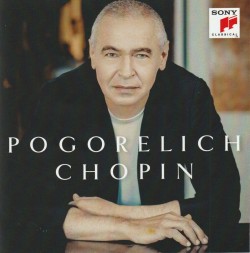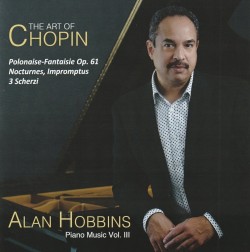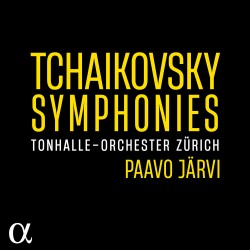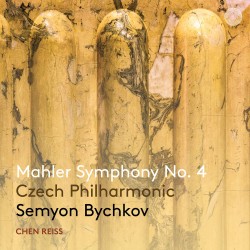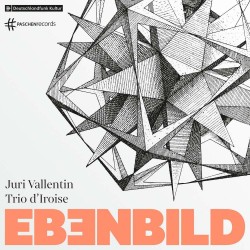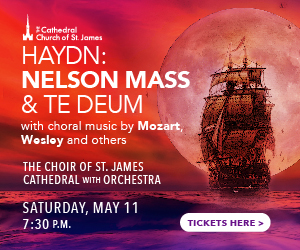David Hyun-su Kim plays Schumann - David Hyun-su Kim
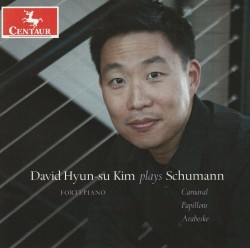 David Hyun-su Kim plays Schumann
David Hyun-su Kim plays Schumann
David Hyun-su Kim
Centaur Records CRC 3877 (challengerecords.com)
While early 19th-century pianos may lack the rich and sonorous tone of a modern concert grand, they can offer a greater sense of intimacy and as such, have an appeal all their own. Korean-American pianist David Hyun-su Kim has made a specialty of historically accurate performance practice, and in this recording he presents music by Robert Schumann performed on a replica of a pianoforte from the 1830s. A true Renaissance man, Kim graduated from Cornell as a Presidential Research and National Merit Scholar in chemistry. Yet a chance encounter with Beethoven piano sonatas convinced him to change direction, and following studies in the U.S. and Germany – with an acclaimed debut in Vienna – he’s now regarded as among the finest young American pianists of his generation.
Papillons, from 1831 is a charming set of 12 kaleidoscopic miniatures. Based on a novel by Jean Paul Richter and intended to represent a masked ball, the movements flow by in quick succession. Kim delivers an elegant and polished performance, adroitly capturing the ever-contrasting moods.
The bulk of the recording comprises one of Schumann’s most renowned compositions Carnaval from 1835. Again, Kim demonstrates a true affinity for this much-loved repertoire. Movements such as Pierrot and Florestan are suitably whimsical, Chopin and Aveu, posed and introspective, while the rousing Marche des Davidsbündler is performed with great bravado.
The disc concludes with the gracious Arabesque Op.18, a fitting ending to a most satisfying recording. Kim proves without a doubt that Romantic period repertoire can sound as compelling on a pianoforte (or a replica) as it does on a modern instrument. Here’s hoping we’ll hear from this gifted young artist again in the near future.



